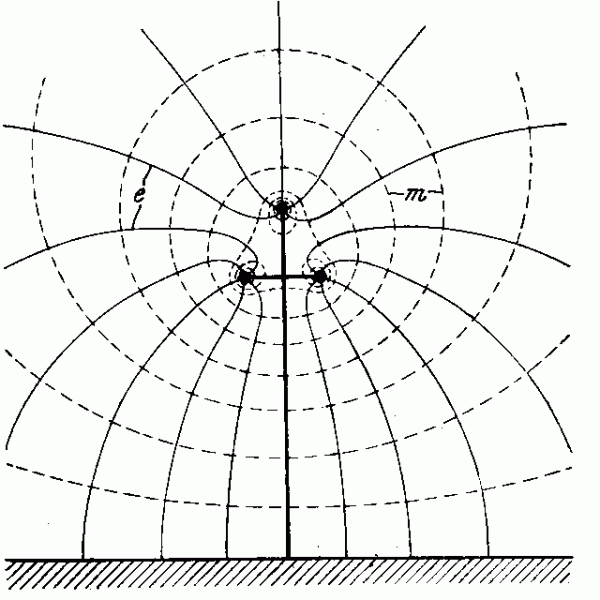Math and Abstraction
Today, we ask why American math and science scores are slipping. The University of Houston's College of Engineering presents this series about the machines that make our civilization run, and the people whose ingenuity created them.
The big news in March, 1998, was that the best American high school seniors are at the bottom in math and science among industrial nations. So I decided to go to the horse's mouth and ask my sophomore thermodynamics class where they thought the problem lay.
They had a lot to say about today's malaise. They generally gave four reasons. First, socioeconomic factors: they were well aware of the way poverty or broken families can hurt learning. I certainly agreed with that one, but it's an old problem. It probably doesn't explain the more recent deterioration.
The second factor was, as one student put it, the fading need to know. Students gain an increasing sense that they no longer need to know anything -- that computer technologies will henceforth know for them. We've failed to differentiate what we really do need to know from what the machine can do for us.
Third, no academic pressure. Most students said they'd felt under little pressure in high school. That caught me by surprise. Many students felt their teachers weren't lit by the vitality of math and science, but were just turning the crank.
The fourth reason was related: standardized tests. Schools that depend on showing good performance by their students will quit teaching the subject and teach for the tests instead. That reminded me of something a colleague once said to me when I was teaching in England. He asked, "How do you ever expect your students to develop any confidence in their ability to learn when you test them all the time!"
Let's look more closely at that one: When learning proceeds up to a test, the test circumscribes learning. It puts boundaries on it. Learning shrinks to fit the testing process. In the British system, you might face tests only once a year. Meanwhile, you must constantly forge your own contexts to retain what you've learned.
To what my students told me, I would add a fifth enemy of learning. That's the tight organization of knowledge into specifiable units:
This is how to integrate log(x).
Kinetic energy is mass times half the velocity squared.
The Gulf Current flows here.
. . .
Science and math are no fun until you see into the abstractions that lie behind them. You reach a point were you are liberated -- free to let facts simply fall into place around the conceptual core that gives them their unity and makes sense of them.
For America to find her way out of her educational hole, you and I will have to find the heart of math and science again. We teachers have to see the beauty in the intellectual processes behind math and science. Only then can we reach our students. Only then will the damage be undone. Trying to accomplish that with standardized testing and neatly defined learning units is precisely analogous to the man who tried to heat his living room by holding a match under the thermostat.
I'm John Lienhard, at the University of Houston, where we're interested in the way inventive minds work.
(Theme music)
I am grateful to the students of Class MECE2334, University of Houston, Spring, 1998, for their counsel in this episode.

The fundamental problem of science: How do we see what cannot be seen?
This is how we might visualize the invisible electrostatic field surrounding three point-charge sources